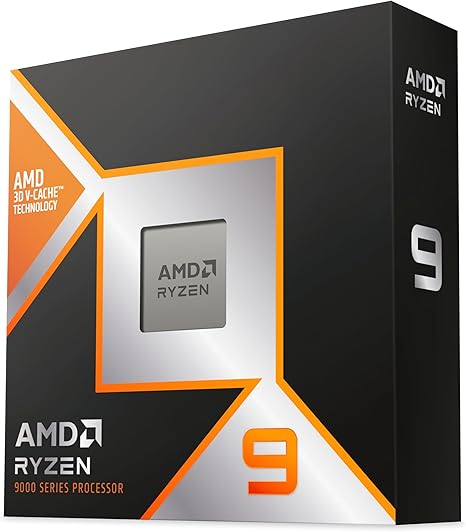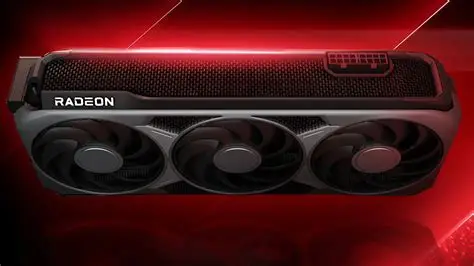AMD Why Consumers are Choosing AMD CPUs for Desktops in 2025
In recent years, AMD has made significant gains in the desktop CPU market at Intel’s expense, reflecting a shift in consumer preferences. AMD’s unit share of desktop processors climbed to around 27–28% by late 2024, up from under 20% a year prior. This is the highest desktop market share AMD has held since the mid-2010s, indicating that more PC builders are opting for “Team Red.” Several factors drive this trend: AMD’s latest CPUs offer competitive (often superior) performance, strong technical specifications, better value-for-money, and improved energy efficiency. Meanwhile, Intel still leads in a few areas (like certain single-threaded tasks and media features), but the gap has narrowed considerably. Below, we examine the 2024–2025 landscape, comparing AMD’s and Intel’s desktop offerings in terms of architecture, performance benchmarks, pricing, power efficiency, and user sentiment.
Jul 13, 2025 Read article →


